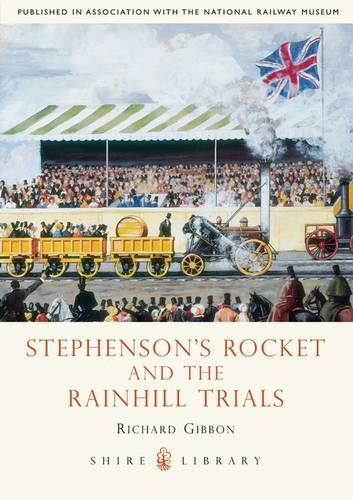
Stephensons Rocket and the Rainhill Trials
(Paperback)
Publishing Details
Stephensons Rocket and the Rainhill Trials
By (Author) Richard Gibbon
Bloomsbury Publishing PLC
Shire Publications
10th September 2010
United Kingdom
Classifications
General
Non Fiction
625.26109427509034
Physical Properties
Paperback
56
Width 149mm, Height 210mm, Spine 5mm
154g
Description
George and Robert Stephenson's Rocket is arguably the most enduring silhouette in railway history. But why was Rocket that special And why does the surviving locomotive look so unlike the striking yellow image that we are familiar with from books, postage stamps and the five pound note Rocket was built to take part in The Rainhill Trials, the competition to find a locomotive design to pull trains on the world's first passenger line, the Liverpool and Manchester. The trials caught the public's imagination and its victor, Rocket, became a sensation. It quickly became of symbol of technological progress. The Stephensons' engine set the pattern for future world steam locomotive development for the next 130 years. But would the steam locomotive have developed differently if Rocket had not won the trials All these questions while exploring in words and pictures the machine that became the metaphor for what is seen as Britain's greatest gift to the industrial world: the steam locomotive.
Author Bio
Richard Gibbon is former Head of Engineering Collections at the National Railway Museum, York. During his fifteen years at York he cared for many famous locomotives, including the working replica of Stephenson's Rocket. He has appeared several times on radio and television, including Scrapheap Challenge and a BBC Timewatch documentary about the Rainhill Trials. He is a Fellow of the Institution of Mechanical Engineers, and was awarded an OBE in 2004 for his services to museums.
